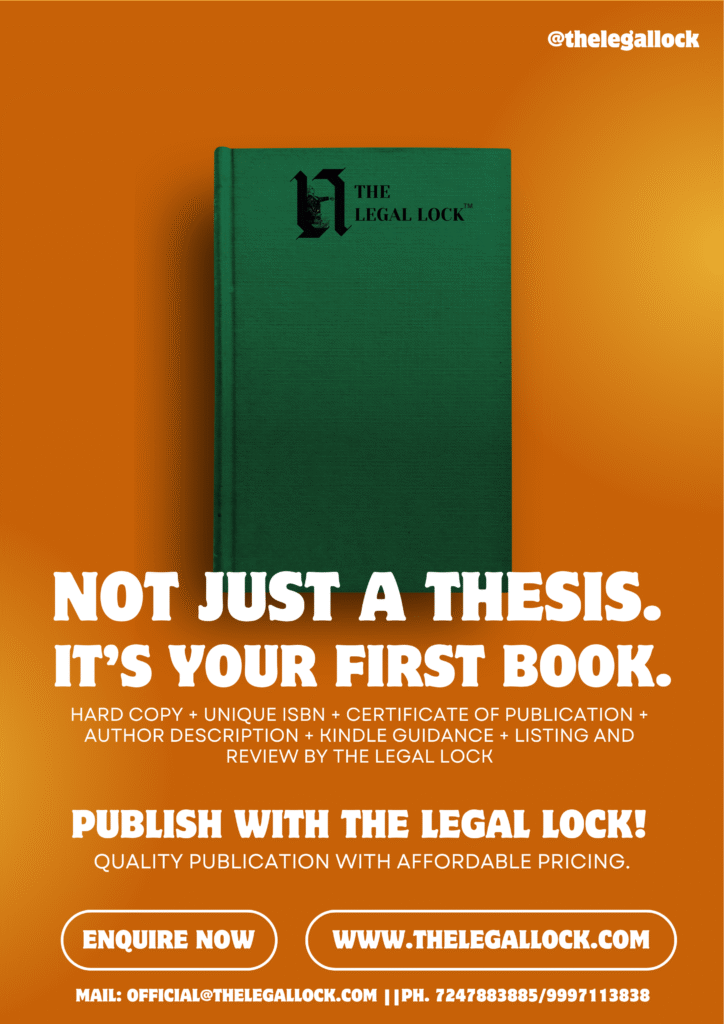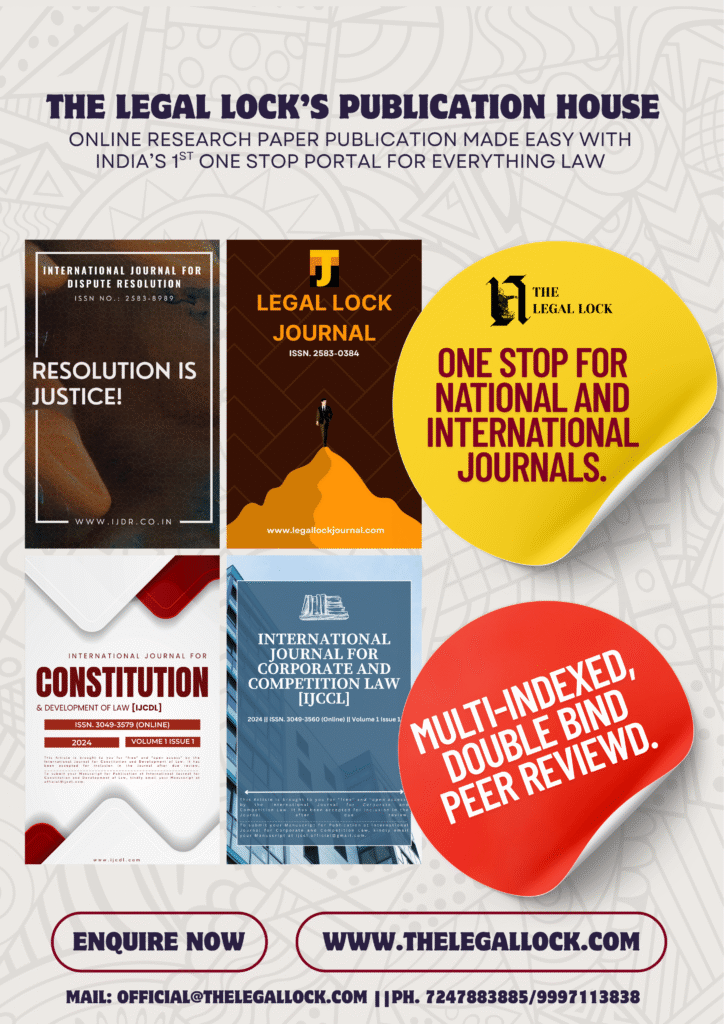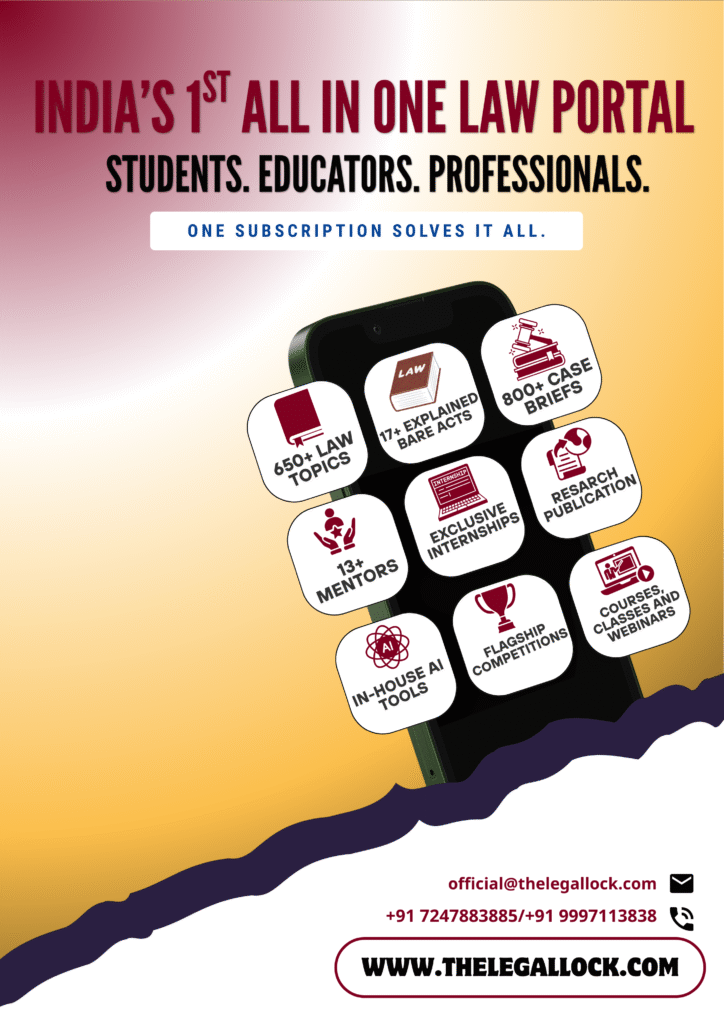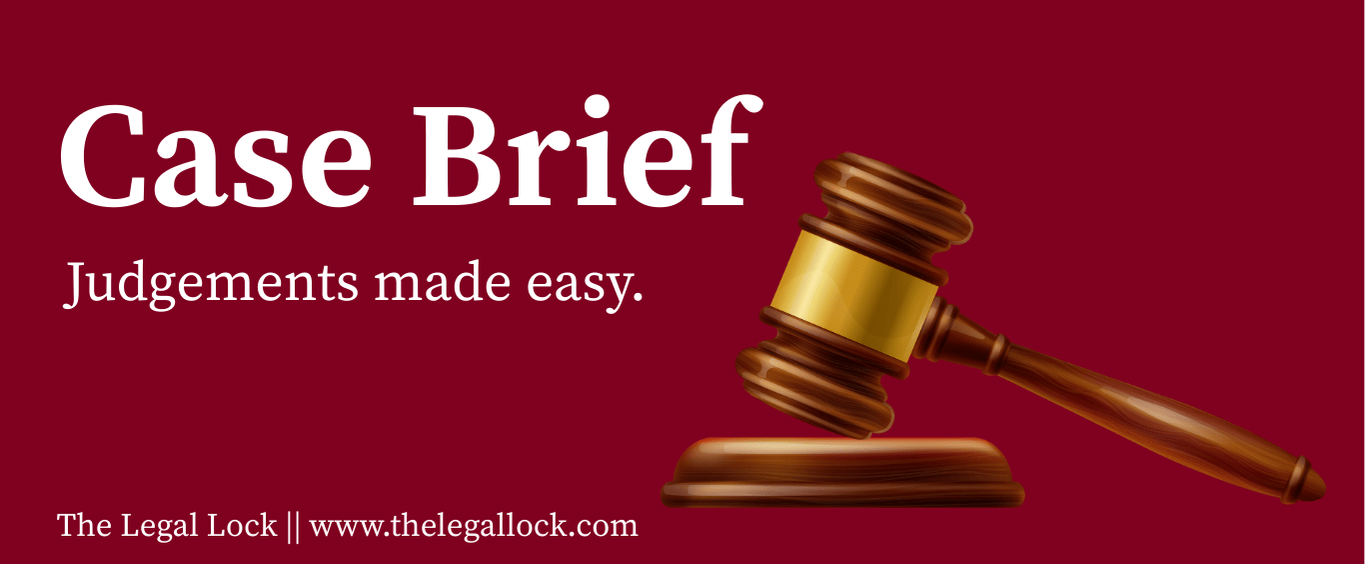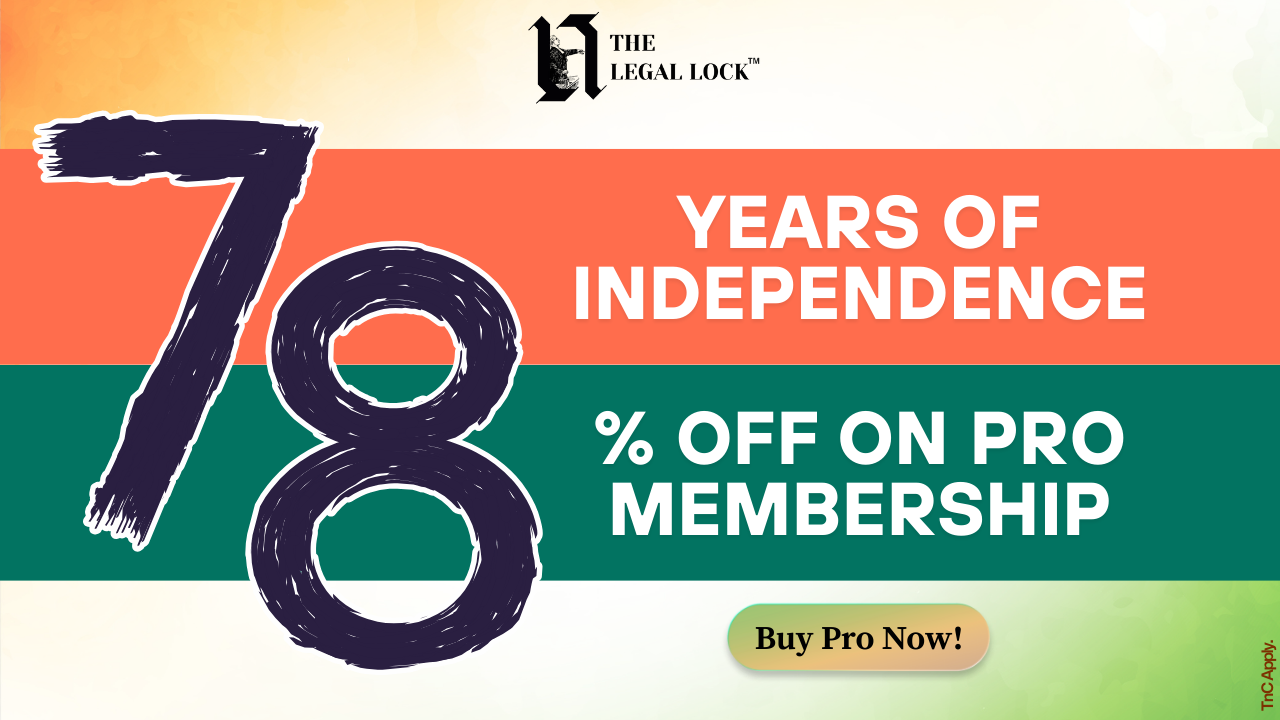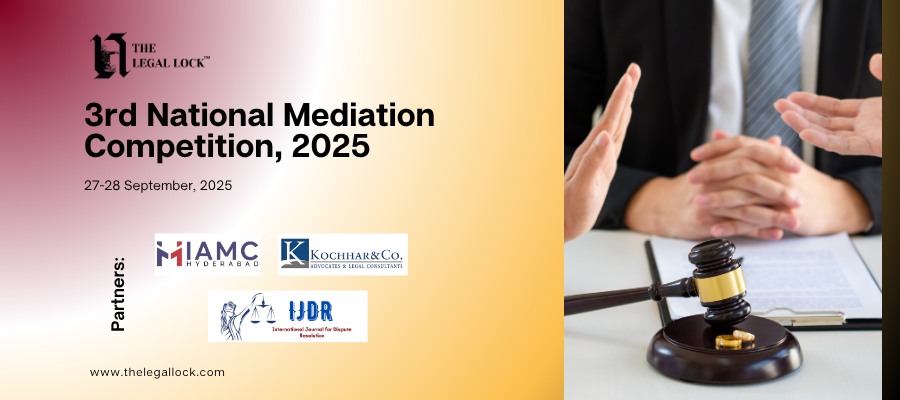| CASE NAME | K.S. Puttaswamy (Privacy-5J.) v. Union of India, (2017) 10 SCC 641 |
| CASE NAME (Also known as) | The Right to Privacy verdict |
| CITATION | (2017) 10 Supreme Court Cases 641 : 2017 SCC OnLine SC 762 |
| COURT | In the Supreme Court of India |
| BENCH | Justice D. Misra, Justice D.Y. Chandrachud, Justice A Bhushan, Justice AM Khanwilkar, Justice A Sikri. |
| APPELLANTS | JUSTICE K.S. PUTTASWAMY (RETD.) AND ANOTHER. |
| RESPONDENTS | UNION OF INDIA AND OTHERS.. |
| DECIDED ON | Writ Petitions (C) No. 494 of 2012 with Nos. 829, 833, 932 of 2013, 37, 220 of 2015, 797 of 2016, 342, 372, 966, 1002, 1014, 1056, 1058 of 2017, Transfer Cases (C) Nos. 151-52 of 2013, Transfer Petitions (C) Nos. 1796-97 of 2013, 312-13 of 2014, 921 of 2015, Contempt Petitions (C) Nos. 144 of 2014, 470, 674 of 2015, 444, 608 of 2016, 844 of 2017 and SLP (Crl.) No. 2524 of 2014, decided on December 15, 2017 |
Introduction
When a three-judge Supreme Court bench was examining the legitimacy of the Aadhaar system in 2015, the question of whether privacy is a basic right came to light. The Attorney General contended at the time that while the right to privacy had been recognised in a number of Supreme Court rulings, this basic freedom was not expressly protected by Part III of the Constitution. This position was based on past rulings by bigger Supreme Court benches, including the 8-judge bench in the M.P. Sharma case and the 6-judge bench in the Kharak Singh case, which did not definitively uphold the Constitution’s guarantee of the right to privacy. To maintain “judicial discipline and institutional integrity,” the three-judge panel sent the matter to the five-judge bench. The five-judge panel then moved the constitutional dispute to a nine-judge bench because they believed the group was more equipped to render a conclusive ruling on the right to privacy. The intricacy and importance of the privacy controversy are reflected in this judicial procedure, which aims to provide a definitive and authoritative ruling regarding the Indian Constitution’s recognition of privacy as a basic right.
Facts
Even though the Aadhaar Act received legislative support in 2016, there have been continuous legal challenges against the Aadhaar programme. The violation of the right to privacy and the Act’s passage as a Money Bill without a Rajya Sabha vote are two major areas of dispute. The Government of India’s ‘Unique Identification for BPL Families’ scheme came under legal criticism. A committee suggested building a database for unique identification in three stages. In 2009, the Planning Commission issued a notification on the UIDAI, and in 2010, the National Identification Authority of India Bill was passed. In November 2012, a PIL Writ Petition challenging Aadhaar’s validity was filed in the Supreme Court by retired Justice K S Puttaswamy and Mr. Parvesh Sharma.
The plan drew criticism for transgressing fundamental rights, most notably Article 21 of the Indian Constitution’s right to privacy. Even after the Aadhaar Act was passed in 2016, a further writ petition questioned its legality and combined with the first one.
Former Union Minister Jairam Ramesh filed a case with the Supreme Court in May 2017 to challenge the ruling that the Aadhaar Bill should be handled as a money bill. On August 24, 2017, the Supreme Court ruled that the right to privacy is protected by Article 21 as a Fundamental Right.
The Supreme Court questioned the government on April 25, 2018, on Aadhaar’s connection to mobile numbers, as part of the Aadhaar Case proceedings that started on January 17, 2018. Ultimately, the Aadhaar card’s validity was confirmed by the Supreme Court on September 26, 2018, however several of its features were invalidated, such as the requirement to link Aadhaar to bank accounts, mobile phones, and school admissions.
Issues:
- What is the constitutional basis for the Aadhaar Project’s unconstitutionality, given its tendency to become a surveillance state?
- Is it lawful to disallow the Aadhaar Project since it infringes citizens’ right to privacy?
- Does the Aadhaar Act’s Sections 7 and 8 apply to children as well?
- Is it illegal to implement the aforementioned Aadhaar Act regulations and provisions?
- Regarding Article 110 of the Indian Constitution, is it possible to classify the Aadhaar Act as a “Money Bill”?
- Do Indian citizens’ rights to privacy under the Indian Constitution are violated by Section 139AA of the Income Tax Act, 1961?
- Is the Indian Constitution upholding Rule 9(a) of the Prevention of Money Laundering (Maintenance of Records) Rules, 2005 and the notifications that followed, requiring the linkage of Aadhaar with bank accounts?
- Is the Department of Telecommunications’ March 23, 2017, circular, which requires people’ mobile numbers to be linked to Aadhaar, unlawful and unconstitutional?
- Are there any specific acts that the respondents took that go against the court’s temporary orders?
Arguments of both the parties:
Petitioner’s Arguments:
- The petitioners contested the constitutionality of the Aadhaar Act and its possible violation of basic rights, bringing forth a number of noteworthy points. The Act was criticised for being too probabilistic, which raised fears that it may exclude rather than include the intended beneficiaries. The Act was meant to provide subsidies and services to society.
- The Act’s possible infringement of people’ rights and freedoms as protected by the Indian Constitution was one of the main reasons made against it. Strict enforcement of the Aadhaar Act, according to critics, will violate fundamental rights and eventually turn the state from one that is invasive to one that is surveillance-based.
- One significant issue was the infringement on the right to privacy, which is a fundamental component of Article 21 of the Indian Constitution (right to life and liberty). The information requested was ruled arbitrary and unjustified, and the Act was found to impose limits that did not meet the requirements of Article 19. The Act was also challenged as discriminatory and a violation of residents’ privacy rights due to its requirement for Aadhaar cards to obtain certain benefits and its categorization of citizens based on their religion.
During the proceedings, a number of petitioners argued against the Aadhaar Act:
1. Shyam Divan: – contested the Aadhaar Act, arguing that it requires residents to furnish biometric and demographic data in order to get state benefits. argued that the Act violates people’ right to privacy by enabling government tracking and by providing no avenue for citizens to seek remedy.
2. Kapil Sibal: – Argued that the Act violates citizens’ rights to privacy guaranteed by Article 21 by making the collection of personal information mandatory. claimed that the Act violates people’s freedom to decide whether to divulge information needed to get government assistance.
3. Arvind Datar: – argued that it is unlawful to regard the Act as a money bill. claimed that integrating bank accounts with Aadhaar breaches Articles 14 and 21 of the Constitution and takes away the freedom of choice for citizens. expressed worry about the state’s lack of clarity on why tying bank accounts to Aadhaar is essential.
4. P Chidambaram: Made the case that the Aadhaar Act shouldn’t be regarded as a money law as it doesn’t meet the requirements to be one. declared that appropriations legislation must pass certain requirements, such as Rajya Sabha approval, and should be examined by the President.
Together, these arguments questioned the Aadhaar Act’s constitutionality, bringing up concerns about choice, privacy, and legislative process.
Respondent’s Arguments:
- In order to prevent deprivation, the respondents justified the Aadhaar Act by stating that its main goal was to guarantee that eligible individuals get government benefits and subsidies. In response to privacy concerns, they said that the Act does not request information that would infringe upon someone’s right to private. It was stated that the requested demographic information, which included name, date of birth, gender, address, mobile number, and email address, was non-intrusive and voluntary for citizens, and that the only purposes for which mobile numbers and email addresses were needed were for the transmission of pertinent data and OTP authentication.
- The respondents emphasised that Section 2(k) of the Act did not permit requests for sensitive information pertaining to race, religion, caste, tribe, ethnicity, language, income, or medical history. They highlighted the narrow range of biometric data, which includes fingerprints and iris scans, that are widely collected globally for identity reasons.
- The respondents cited several papers on privacy and data protection written by the Planning Commission of India under retired Justice A.P. Shah to bolster the Act’s validity. Technological neutrality, multi-dimensional privacy, application to both state and non-state organisations, adherence to privacy principles, and a co-regulatory enforcement system were among the aspects of the proposed framework.
- The Central Government formed a committee chaired by Retd. Justice B N Srikrishna in July 2017 to review data protection norms, resulting in the release of the Personal Data Protection Bill, 2018. The bill adopted principles from Europe’s General Data Protection Regulation (EUGDPR) and introduced the concept of ‘data fiduciary and data principal’ to establish a trust-based relationship between entities and individuals.
- According to the respondents, Aadhaar is a widely used identity card that helps around 92 crore individuals access government initiatives. They contended that Aadhaar aided in the safe receipt of pay and pensions by workers under the MGNREGA programme and retirees by identifying and removing duplication and impersonation in beneficiary lists.
- In response to questions about privacy, the respondents stressed the encryption and safe biometric storage on servers run by the Government of India, which are renowned for having excellent security standards. Aadhaar was viewed as a method to ensure that benefits reach the targeted segments of society, avoid money leakage, and lessen the participation of intermediaries in the delivery of subsidies. In order to detect tax evaders and stop fraudulent activities, mandatory Aadhaar-PAN linkage was implemented. This also made it possible for the Unique Identification Authority of India to deactivate individual numbers as needed. In general, the interviewees presented Aadhaar as a safe and effective way to expedite government services and guard against abuse.
Judgement:
Chief Justice Dipak Misra led the Supreme Court in a historic ruling that affirmed the legality of the Aadhaar Act. The government’s implementation of adequate security measures to protect citizen data gathered through Aadhaar was accepted by the court. However, it directed the government to enhance security further. The Court prohibited the release of Aadhaar information to commercial banks, payment banks, e-wallet companies, and telecom companies when customers buy new SIM cards. Schools were also barred from requesting students’ Aadhaar numbers for board exams or admissions.
The Court threw down Section 57 of the Act, ruling it unconstitutional, but upheld the legality of Aadhaar. In order to guarantee that government welfare programmes, benefits, and subsidies reach the targeted segments of society, the decision required Aadhaar. Children were free from the obligation, and the Aadhaar Act’s national security exception was also overturned. The Court underlined how distinct Aadhaar is as a means of identity, emphasising how it cannot be copied like other identity cards. The Court stated that the purpose of Aadhaar is to provide the impoverished a unique identity so they may apply for government subsidies and benefits.
The basic right to privacy was upheld by the judgment’s final remarks, which said that it is an essential component of the right to life and personal liberty guaranteed by Article 21 of the Constitution. ADM Jabalpur, M.P. Sharma, Kharak Singh, and other earlier rulings were overturned by the ruling, which also established that later rulings protecting the right to privacy represent the proper legal positions. The ruling established the parameters and restrictions around the use of Aadhaar and confirmed privacy as a basic right.
Analysis and Conclusion:
Overturning the rulings in the M.P. Sharma and Kharak Singh cases, the Indian Supreme Court rendered a major decision upholding the right to privacy as a basic right under Article 21 of the Indian Constitution. According to the court, Aadhaar cards must be connected with PAN cards and used to file income tax returns, but they cannot be made mandatory for connection with bank accounts. In order to avoid duplication and guarantee the targeted distribution of government benefits, Indian residents are assigned a unique identification number under the Aadhaar Act, which aims to give identity and empowerment to neglected elements of society.
The court upheld the validity of the Aadhaar Act by dismissing unnecessary legislation and rationalising others in response to objections expressed in the petition. A five-judge panel’s decision on September 26, 2018, stressed the value of the right to privacy while bringing up concerns about consent, dignity, and informational self-determination. The court invalidated several parts of Aadhaar that infringed on citizens’ rights while approving the system overall.
Writing by the majority, Justice A K Sikri upheld the validity of the Aadhaar Act but removed several problematic provisions. The court maintained that even if Aadhaar has been upheld, citizens’ freedom to refuse to get an Aadhaar card will still be unaffected because the card is required in order to get government benefits and subsidies. The court ruled that there was insufficient constitutional justification for tying Aadhaar to PAN cards. The court emphasised the essential aspect of the Right to Privacy by forbidding private enterprises from utilising the Aadhaar authentication mechanism or asking individuals for their Aadhaar data in an attempt to protect citizens’ privacy.



